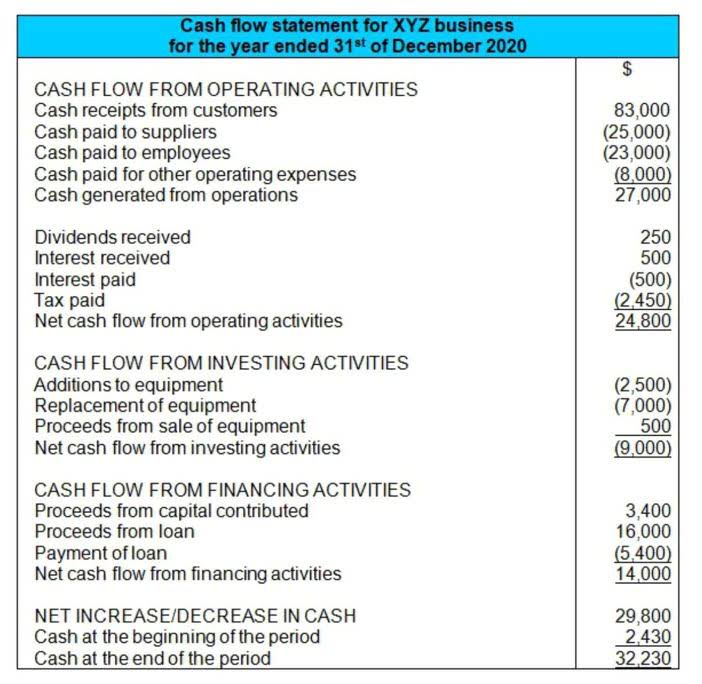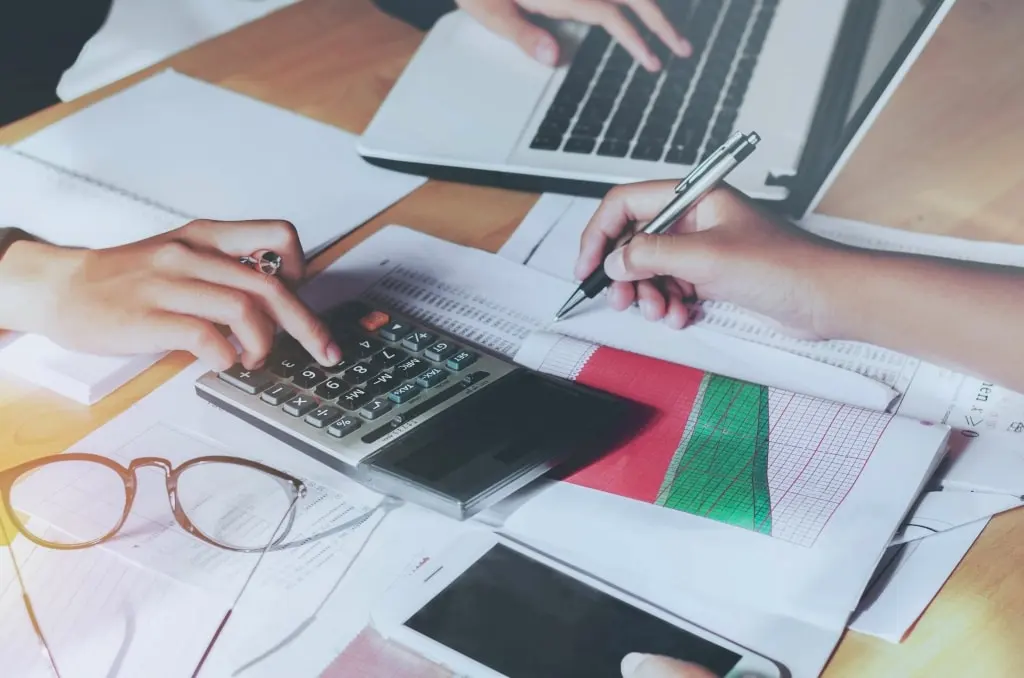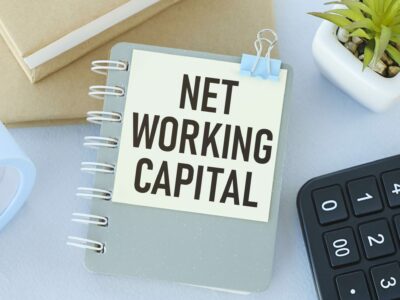The costs that are not classified as product costs are known as period costs. These costs are not part of the manufacturing process and are, therefore, treated as expense for the period in which they arise. Period costs are not attached to products and the company does not need to wait for the sale of its products to recognize them as expense on income statement. According to generally accepted accounting principles (GAAPs), all selling and administrative Bakery Accounting costs are treated as period costs. If a company’s management understands both product and period costs, they can use it in improving decision-making.
Understanding Period Costs
- The $10 direct materials would be a debit to cost of goods sold (increasing) and a credit to inventory (decreasing).
- In addition to categorizing costs as manufacturing and nonmanufacturing, they can also be categorized as either product costs or period costs.
- By optimizing spending, monitoring performance, and making data-driven decisions, businesses can enhance their competitiveness, maximize profitability, and achieve long-term success.
- Administrative costs pertain to the general management of the business and include executive salaries, legal fees, and other overhead not related to production.
However, managing Period Costs effectively indirectly impacts the balance sheet by influencing cash flow, liquidity, and profitability. By controlling Period Costs and optimizing spending, businesses can improve their bottom line profitability, increase cash reserves, and enhance overall financial stability. For example, reducing administrative expenses can lead to higher net income and retained earnings, strengthening the company’s financial position. Understanding these differences is essential for accurate financial reporting and analysis.
Example Product and Period Cost: Accounting Records and Profit Statement Breakdown
CFI is on a mission to enable anyone to be a great financial analyst and have a great career path. In order to help you advance your career, CFI has compiled many resources to assist you along the path. Here, purchases include all costs necessary to prepare the inventory for sale, not just the invoice price.
Comparison of Cost of Goods Sold in Manufacturing, Merchandising, and Service Organizations
- These can be broadly categorized into selling costs and administrative costs.
- The choice of depreciation method depends on factors such as asset usage patterns, expected future cash flows, and accounting policies.
- The significance of period costs extends beyond mere accounting entries to become a cornerstone in shaping business tactics and financial health.
- If the sale price is equal, it is a break-even situation, i.e., no profit or loss, and the sales price covers the cost per unit.
- Period costs include selling expenses and administrative expenses that are unrelated to the production process in a manufacturing business.
- “Financial & Managerial Accounting” by Carl S. Warren, James M. Reeve, and Jonathan Duchac.
For instance, a business may be able to deduct the full amount of certain administrative expenses, such as office supplies or non-depreciable equipment, in the year they are purchased. In both cases, product costs are capitalized as part of inventory on the balance sheet, representing the potential future economic benefits of selling these products. Only when the product is sold do these costs get recognized as an expense, what are period costs which is matched against the sales revenue to help determine the profit for the period. Understanding period costs helps assess the day-to-day financial health of a business. And while product costs focus on the creation of goods or services, period costs represent the broader expenses necessary to sustain the business’s overall operations and facilitate growth. In the intricate world of accounting and management, period costs stand as a critical concept that influences financial reporting and strategic decision-making.
Period costs are like the backstage crew ensuring the business show runs smoothly. But they’re ongoing expenses necessary for the daily operation of the entire bakery. Operating expenses are the funds a business pays regularly to stay in business – rent, salaries, and advertising costs, to name a few. They play a significant role in shaping the overall profitability Online Accounting of a business because they directly impact how much money it gets to keep after covering all these ongoing expenses.
Remember, only product costs determine the cost of goods sold, not period costs. Period Costs directly affect the company’s profitability by reducing net income on the income statement. These expenses are deducted from revenues to calculate operating income, reflecting the costs incurred to support the business’s ongoing operations.
So if you pay for two years of liability insurance, it wouldn’t be good to claim all of that expense in the period the bill was paid. Since the expense covers a two year period, it should be recognized over both years. Direct materials are those materials used only in making the product and there is a clear, easily traceable connection between the material and the product. For example, iron ore is a direct material to a steel company because the iron ore is clearly traceable to the finished product, steel. Period costs are classified as expenses in the accounting period in which they are incurred. They are not included in the cost of goods sold but are listed as operating expenses on the income statement.
|
Report reason |
|
|











